1982 Merged Methods Comparison
About the Dataset
- Type of Study: ANES Merged File
- Sample universe: eligible voters in U.S. households
- Sample composition: cross-sections
- Sample selection: area probability, RDD
- Number of waves: 1 per study
- Completions: per component study
- Modes used: face-to-face, telephone
- Instrument format: paper questionnaire, CATI
- Weights: none
- Auxiliary files: none
Study Content Highlights
This release is an ANES derivative file which merges data from 2 studies having significant shared content but using different modes of administration: the ANES 1982 Time Series Study and the ANES 1982 Method Comparison Study. The 1982 Method Comparison study was planned in conjunction with the 1982 Time Series study.
All cases and data from the component studies are present; the ANES 1982 Method Comparison Study is currently not available except in this derivative file. For variables from the 1980 Time Series study, variable naming does not match the variable names used for the 1980 Time Series study release. In the codebook documentation, “T” and “P” are flags used to identify when individual variables represent either the telephone or in-person (Time Series) study.
Study Design Highlights
For the 1982 Method Comparison study, respondents were administered an abbreviated version of the 1982 Time Series interview schedule adapted when appropriate for use over the telephone. The telephone respondents were randomly assigned to interviewing from one of two CATI facilities, the University of Michigan Survey Research Center in Ann Arbor, Michigan or the University of California – Berkeley Program in Computer-Assisted Survey Methods in Berkeley, California.
For the telephone study, different methods were used to identify Congressional districts depending upon whether the case was assigned to the Ann Arbor or Berkeley facility. For questions concerning Congressional candidates or districts, users are cautioned about comparing face-to-face (Time Series) data with data produced by the telephone facilities. Only one CATI facility used a method for district identification which could be compared to the Time Series method of district identification; full documentation is present in the codebook. Another difference between the CATI facilities is found in the administration of a subset of questions which were asked using either branching or 7-point scale format depending upon case assignment to the Ann Arbor or Berkeley sample.
The total sample for each study was drawn to constitute a representative national cross-section, using traditional area probability sampling for the 1982 Time Series study and using Random Digit Dialing (RDD) for the 1982 Method Comparison study. Administration of the Time Series post-election interview began immediately after the November 2 elections, and continued until January 31, 1983; the average interview length was 72 minutes, and an eligible sample of 1,960 persons (cases of unknown eligibility counted as eligible) yielded 1,418 completions. 1982 Method Comparison Study telephone interviews were conducted November 3, 1982 – February 3, 1983 with average interview length unknown; 497 full or partial interviews were completed at the Ann Arbor facility and 501 at the Berkeley facility, for a total of 998 full or partial telephone interviews. The number of eligible persons in the total telephone sample (or in the samples for either CATI location) is unknown.
Weights Summary
No weights are present in this file for either component study. Users are also cautioned that there is no weight which would correct for demographic differences, known to exist, between the telephone and personal samples. Additional cautions related to any pooling of data from the two studies are present in the full codebook documentation.
Auxiliary Files
No auxiliary file is present for this release.
